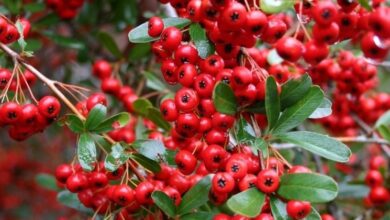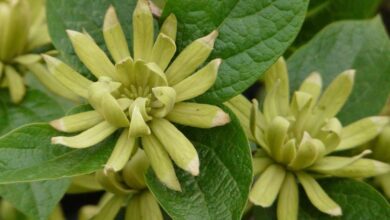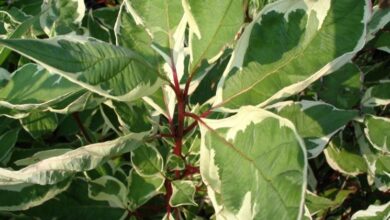Carnation (Dianthus hyssopifolius)

The Dianthus hyssopifolius also known as dianthus, are a magnificent plant pleasant fragrance that adorn the paths and gardens . Its flowers with semi-pink petals do not go unnoticed on the trails of Leyre and Castellón. This plant is so versatile that it can be seen in a wide variety of ecosystems, roads, and mountains.
Their beauty is not the only attraction of carnations, as their pleasant and soft fragrance is also a gift worth enjoying. This plant has justly gained the attention of wise philosophers and humble passersby, all with the innate ability to admire the beauty of the herbaceous.
Origin of Dianthus hyssopifolius

The carnations carry in their scientific name a word associated with the divine of their fragrance. Dianthus comes from a combination of Greek words whose translation could be interpreted as the goddess of flowers or divine flower. The word was used thousands of years ago, in the fourth century BC by the Greek philosopher Theophrastus, father of botany, to refer to some showy and little odorous carnations.
characteristics
The carnation is a flowering plant of the Caryophyllaceae family and mainly native to Eurasia. These plants are herbaceous and perennial. Its habitat is the rocky terrain of both the Mediterranean coast and the high alpine mountains and the Pyrenees. It is also known by the name of wild betonica, mountain carnation, feather carnation, carnations, carnations, carnations and carnation.
The carnation or wild carnation is a lively plant with long, thin and soft leaves. The flowers are approximately 25mm with their characteristic five pink or white fringed petals and a pleasant aroma. The leaves are of opposite and simple disposition of green color.
Hybrids that have been grown for gardening have larger, more showy flowers than their wild sisters. They are of a thickened stock, often somewhat distant and difficult to extract, which is why it is seen very rarely in herbaria. The floriferous stems are ordinary and graceful, not angular or branchy, actually quite simple.
The flowers are more or less fragrant solitary and hermaphrodites of intense pink or very light colors that appear on the plant between June and October. It has a sub-cylindrical calyx and a corolla 3 cm in diameter. Petals more or less bearded and pink or even white, often with a dark basal spot, more or less laciniate, blooming from June to August.
Culture

The carnation commonly grows among grasses and road scrub. It is very resistant both to the quality of the soil and to hot temperatures. It supports low levels of shading and dry weather is fine for the plant. They are ideal to cover rocky terrain and thus achieve a great landscaping.
To grow them you can use the seeds or cutting the cuttings that would be the stems of the already withered flowers. They are planted and protected while strengthening for the transplant that must be done well into the spring. They also reproduce by the layering method, where roots practically sprout from one of the branches. However, it is more complicated, being able to use other simpler and more effective methods.
They are indifferent to the substrate that is used in their cultivation. The risk of seedlings dying due to an unexpected drop in temperatures must be reduced. After they grow they are resistant to frost, hot climates and strong winds.
You should choose a land or pot without complications in the substrate and you can add stones to the soil or substrate so that the water flows and does not accumulate in the root. Too much water is the main cause of root rot or fungus other than whitefly and spider mites. They can be pruned after they no longer have flowers, being this plant is a splendid option to decorate the garden throughout the year.




